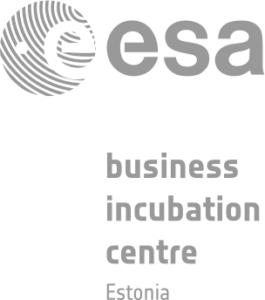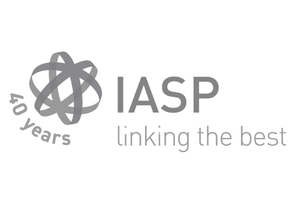19.12.2024
Cyber defense, underwater drones and wave energy: the companies shaping phase 2 of NATO DIANA’s accelerator

The companies that will participate in the NATO DIANA accelerator in Estonia in 2025 were announced recently. The participants in the 2024 programme are also still busy in it though, as three companies that got through to the second phase in the Estonian accelerator will remain there until February. Who are they and what are the solutions that they use to contribute to our security?
Every startupper knows by now that DIANA has nothing to do with the British Princess of the same name, but it does not hurt to repeat what Diana is. The NATO DIANA accelerator has two phases. Over 1300 companies applied to the accelerator in 2024, and 44 of them were chosen to participate in the first phase of the programme. Nine of those 44 companies started their road to development in Estonia, where the innovation accelerator is led by the Tehnopol Science and Business Park working together with Sparkup, the Tartu Science Park.
At the end of the first phase, the top 10 companies were chosen from among those participating. The dual use deep-tech innovators who showed the greatest potential continued into the second phase of the NATO DIANA accelerator in September 2024. This brought them additional funding of up to 300,000 euros and one-to-one support in finding investment and commercial opportunities.
Three of the ten companies are continuing to work in Estonia, and they are Lobster Robotics, Dolphin Labs and Goldilock.
British company Goldilock provides a way of physically segmenting digital assets, devices, networks and operating systems remotely and instantly in order to combat cybercriminals. The system works even without an internet connection. Goldilock signed a partnership agreement in April 2024 with the Estonian cybersecurity foundation CR14, which supported them throughout their testing work in the NATO DIANA programme.
The Dutch company Lobster Robotics has developed mass-produced underwater drones that produce high-definition maps of the seabed. Like Google Maps, but underwater. They can identify suspicious objects near to critical underwater infrastructure, but can also count oysters in reefs that are being restored.
“The first phase gave us our wings in the defence industry, and in the second phase we have actually learned to fly properly. We have demonstrated our technology in four different countries and almost doubled the size of our team. The unwavering enthusiasm of the Estonian accelerator for working together with us, introducing us to the right mentors, and giving us the final push despite our hesitations has been decisively important for us”, said CEO and co-founder of Lobster Robotics Stephan Rutten (on the photo).
The wave energy converter made by Dolphin Labs of the USA works underwater to produce constant and renewable electricity that can power a network of remote sensors, underwater microgrids, and communication systems. This technology will help us learn more about the maritime world and improve the safety and security of the natural resources of the open oceans and of critical infrastructure.
If you want to be the founder and CEO who is quoted in these reports in future years, you can find more information about the NATO DIANA accelerator in Estonia here and you can leave us your contact details at the bottom of the page.

















